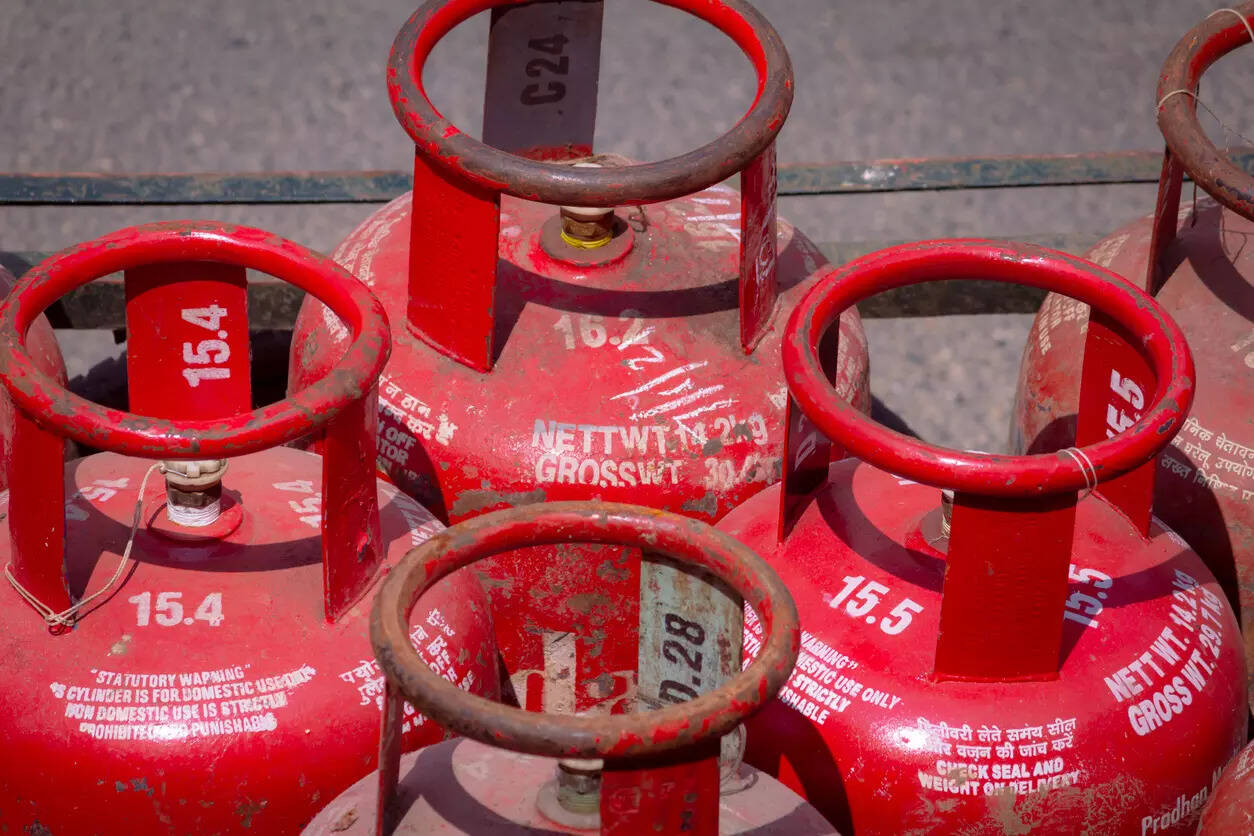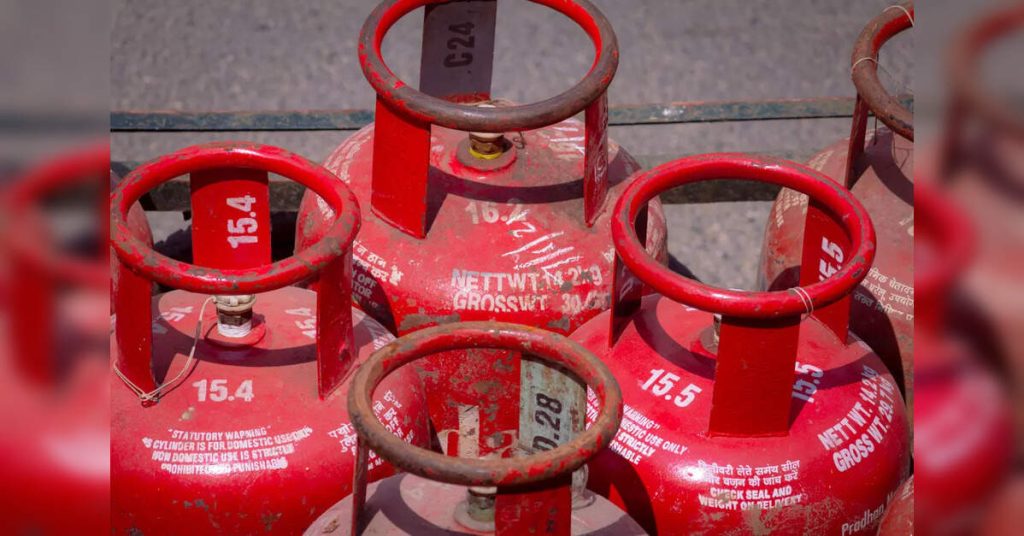
Electricity-based cooking (e-cooking) could emerge as a cost-effective and sustainable alternative to liquefied petroleum gas (LPG) and piped natural gas (PNG) in India, according to a new report by the Institute for Energy Economics and Financial Analysis (IEEFA).
The report finds that e-cooking was 14 per cent cheaper than PNG and 37 per cent cheaper than non-subsidised LPG in FY2024-25. Even with a universal LPG subsidy, electricity-based cooking remains competitive without adding a fiscal burden, the analysis shows.
Import dependence and cost trends
India’s growing reliance on imported fuels has exposed it to volatile global markets and geopolitical risks. The country’s LPG and liquefied natural gas (LNG) import bills have risen by 50 per cent in the past six years, the report notes.“Both PNG and non-subsidised LPG are now expensive. The annual cost of cooking fuel for a family of four using PNG has risen by 47 per cent to ₹6,657 in FY2024-25, while the cost for non-subsidised LPG has increased by 23 per cent to ₹6,424 in the same period,” said Purva Jain, Energy Specialist, Gas & International Advocacy—South Asia, IEEFA.
Slow adoption despite electrification
Despite 100 per cent household electrification, the uptake of e-cooking remains limited due to high initial costs, few device options, and low consumer awareness. The report attributes the slow adoption to the absence of targeted policy measures and structured programmes to promote e-cooking.Jain said that shifting urban households to electricity-based cooking could free up LPG and PNG resources for rural areas, where access to clean cooking remains low. Nearly 40 per cent of Indian households still rely on solid fuels, despite the government’s extensive LPG and PNG coverage.
E-cooking, according to IEEFA, could help reduce dependence on imported fuels, cut greenhouse gas emissions, and improve household air quality. It could also ease the government’s subsidy burden while supporting long-term energy security.
Policy support needed
To accelerate adoption, IEEFA recommends several policy measures, including subsidies for e-cooking devices, consumer awareness campaigns, incentives for manufacturers, and state-led demonstration projects.“Electricity-based cooking means cost savings,” Jain said, adding that only the heavily subsidised LPG supplied under the Pradhan Mantri Ujjwala Yojana remains cheaper than e-cooking.
As India continues its clean cooking transition, scaling up e-cooking represents a practical next step towards achieving universal access while supporting the country’s energy and climate goals, the report noted.


